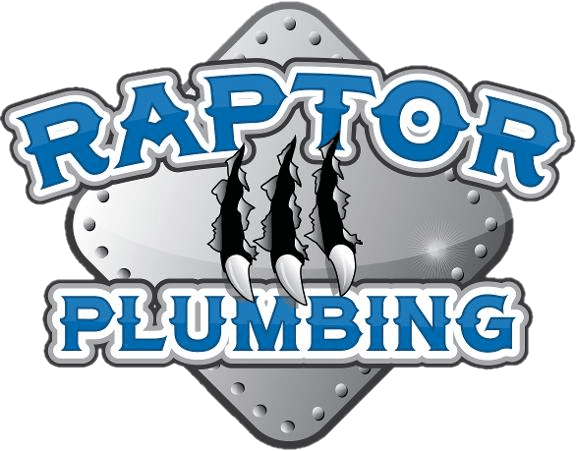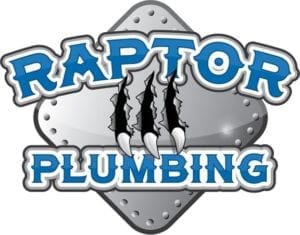The Role of Steam in Commercial Plumbing
Steam is used in heating, cleaning, sterilization, and industrial processes. Its ability to transfer heat efficiently makes it indispensable in certain commercial and industrial environments.
Key Components of Steam Systems
- Boilers – Generate steam by heating water.
- Piping and Valves – Transport and control steam flow.
- Traps and Condensate Systems – Remove water formed as steam condenses.
- Pressure Controls and Safety Devices – Maintain safe operating conditions.
Steam Distribution in Buildings
Steam is distributed through insulated piping networks to radiators, heat exchangers, or industrial equipment. Proper design ensures even heating and minimal energy loss.
Advantages of Steam Systems

- High energy efficiency in heat transfer.
- Reliable performance for large-scale applications.
- Versatility in both heating and industrial uses.
Maintenance and Safety Considerations
Regular maintenance is essential to prevent leaks, corrosion, or pressure-related accidents. Inspections of boilers, traps, and valves help maintain efficiency and safety.
Modern Innovations in Steam Systems
Advancements such as automated monitoring, energy recovery systems, and improved insulation are making steam systems more efficient and sustainable.
Conclusion
Steam systems remain a vital component of commercial plumbing, especially in industries requiring consistent heat and sterilization. Proper installation, regular maintenance, and modern upgrades ensure these systems continue to serve businesses safely and effectively.
{ “@context”: “https://schema.org”, “@type”: “FAQPage”, “mainEntity”: [ { “@type”: “Question”, “name”: “What are steam systems used for in commercial plumbing?”, “acceptedAnswer”: { “@type”: “Answer”, “text”: “Steam systems are used for heating, sterilization, cleaning, and industrial processes in commercial settings.” } }, { “@type”: “Question”, “name”: “What are the main components of a steam system?”, “acceptedAnswer”: { “@type”: “Answer”, “text”: “The main components include boilers, piping, valves, steam traps, condensate systems, and pressure controls.” } }, { “@type”: “Question”, “name”: “How do you maintain a steam system?”, “acceptedAnswer”: { “@type”: “Answer”, “text”: “Steam systems should be maintained with regular inspections of boilers, valves, traps, and safety devices to ensure efficiency and safety.” } } ] } “`
